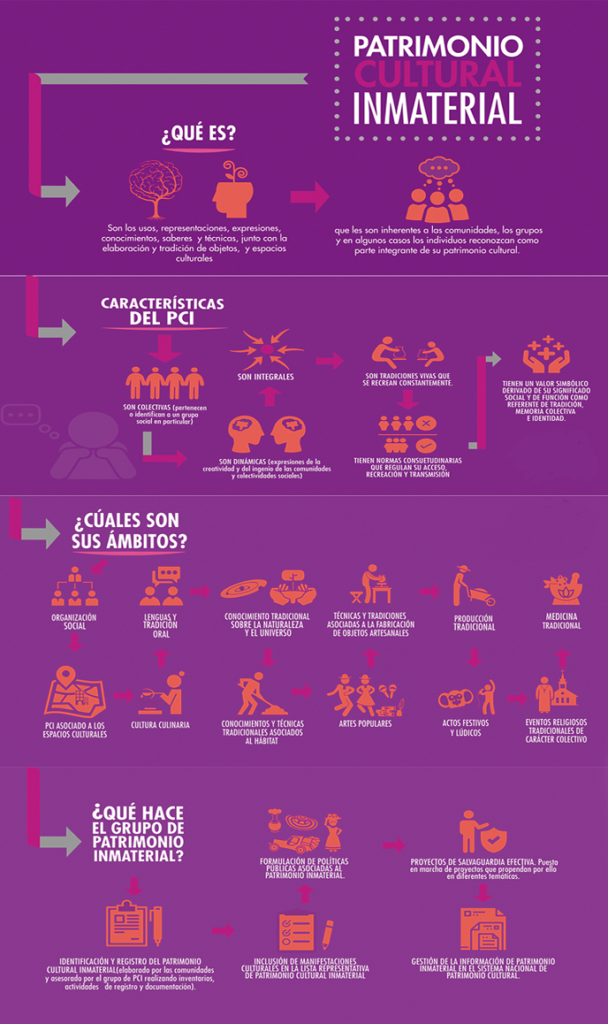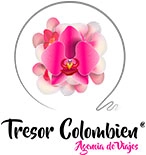SAFEGUARDING OF CULTURAL HERITAGE
What is illicit trafficking of cultural heritage?
The illicit trafficking of cultural property is a problem that has affected Colombia for decades, the great cultural wealth of the country is the target of traffickers of cultural objects that seek to take them out of the country to be commercialized through galleries, auction houses or to be sold on the black market.
This illicit activity puts historical memory at risk and deprives future generations of knowledge of their roots and cultural expressions.
The sanctions will be imposed in accordance with the provisions of articles 156, 239, 241-13, 265, 266-4 and 447 of the Criminal Code Law 599 of 2000, corresponding to the provisions of the General Law of Culture 397 of 1997 in its article 15 “on offenses against the cultural heritage of the nation”, such sanctions range from prison sentences of forty-eight (48) to one hundred and eighty (180) months, and a fine of two hundred and sixty-six point sixty-six (266.66) to one thousand five hundred (1500) legal monthly minimum wages in force.
Illicit trafficking in cultural property manifests itself in the following ways:
Unlawful excavations of archaeological objects, including underwater excavations
Illicit export and import of cultural property
Illegal transfer of ownership of cultural property (sale, purchase, assumption of mortgage debt, exchange, donation or legacy)
Theft from museums, monuments, religious sites, and other public or private places of preservation
Theft of cultural property during armed conflict or military occupation
Trafficking in counterfeit or counterfeit cultural property
Production, exchange and use of forged documentation
San Agustín Park Statue- Photo: ICANH
How to reduce illicit trafficking of cultural heritage?
1. Valuing and appropriating the cultural riches of our country.
2. Complying with the requirements established in the General Law of Culture, regarding the requirements for the export of goods of cultural interest
3. By reporting to the Ministry of Culture or the competent authorities if any property of cultural interest is the object of illicit trafficking.
4. Disseminating information about the programs and actions that the National Government has for the prevention of illicit trafficking of cultural property.
5. Keeping inventories up to date.




